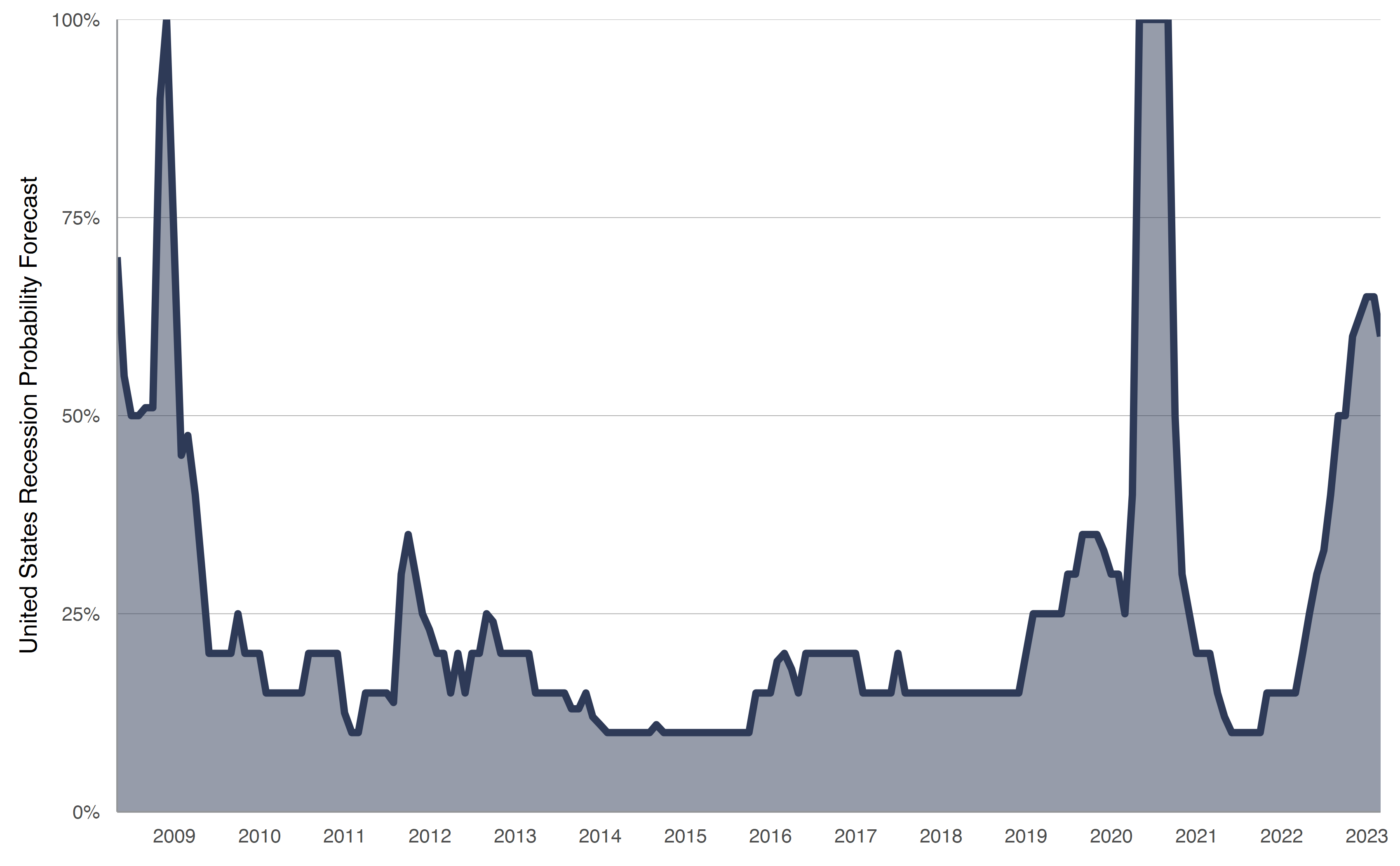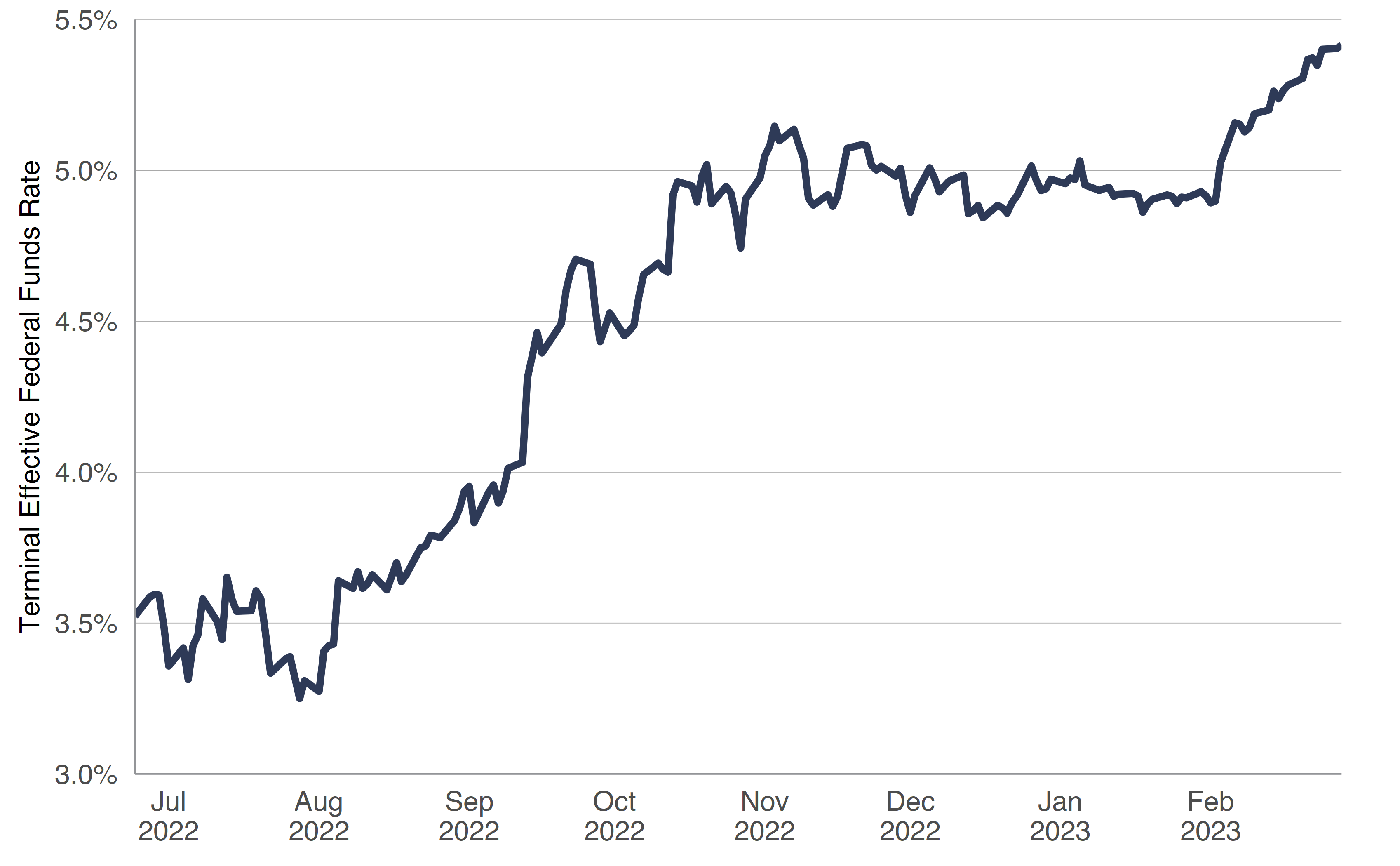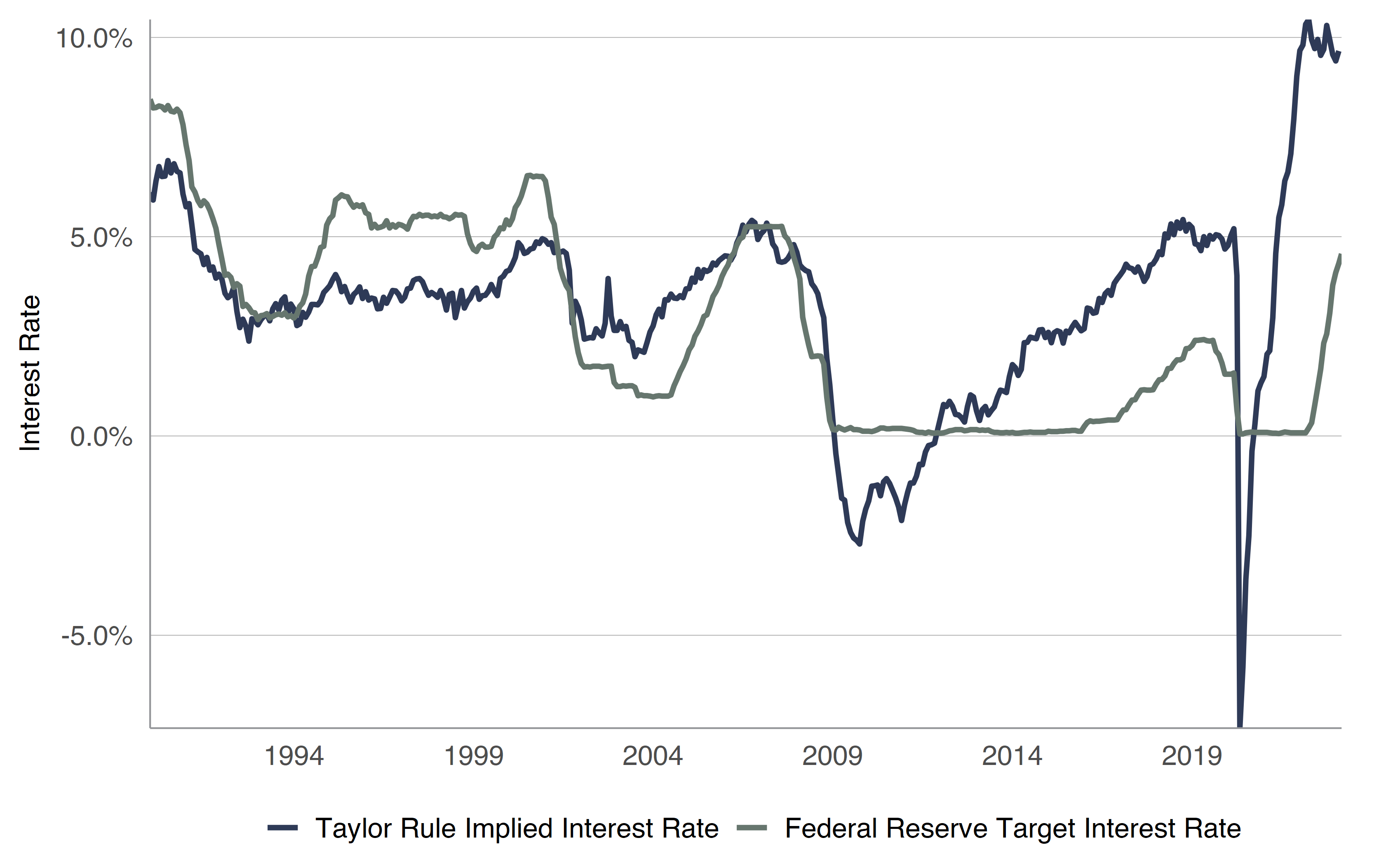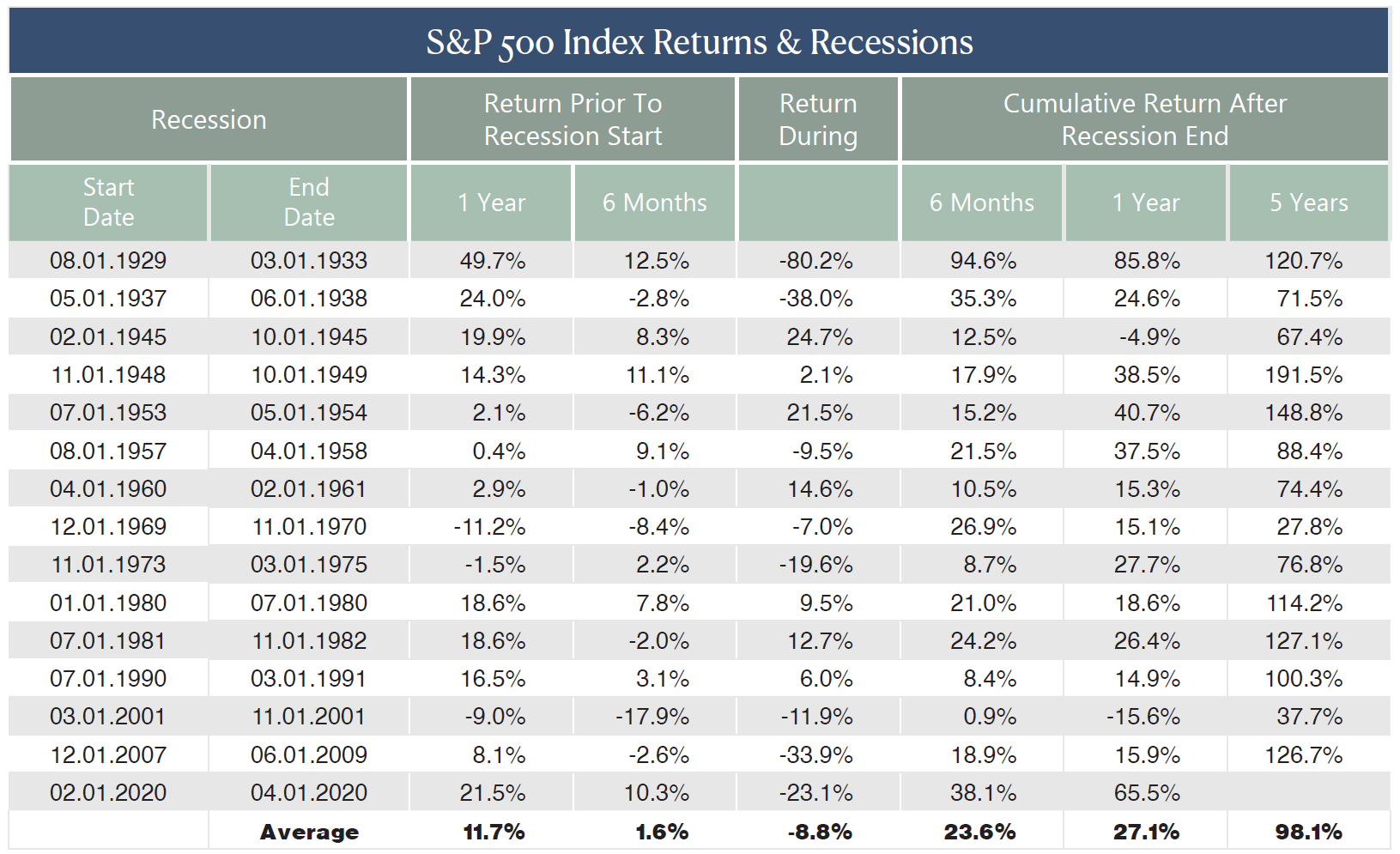
We originally published this Insight on Kovitz.com/Insights. Through Kovitz, we offer wealth management services and have collaborated with our clients on their investment decision-making process as they pursue their long-term financial goals. Our investment solutions are backed by our own stringent research, and we view financial planning and wealth management as active and ongoing processes.
If the 2022 prognostications by the talking heads on financial television were correct, the U.S. economy would be in the thick of a 2023 recession by now. They argued the Federal Reserve’s furious pace of interest rate hikes, paired with soaring inflation, were sure to slow the rapidly growing economy. Stocks priced in that eventuality as evidenced by the S&P 500 index’s 18% drop last year. Growth stocks fared even worse. The S&P Pure Growth index plunged 28% (almost as much as long-term treasury bonds), while the flight to Value was apparent in the S&P Pure Value’s comparatively modest 1% retreat.
Money was on the move, no doubt, as equity market uncertainty and attractive risk-free yields in Treasuries gave income-hungry investors a choice after more than a decade of very low cash returns. Yet, for all the shuffling, handwringing and stress, investors who flee equities typically do so after the damage is already done and have little to show for it. The aforementioned indexes actually posted modest gains in the first two months of this year. The S&P 500 index rose 4%, while the Pure Growth and Pure Value subindexes gained 0.4% and 5%, respectively. Importantly, the recession has yet to officially begin, and in fact it may not come at all in 2023.
A Recession is Always on the Doorstep
Economic forecasts are often fraught with uncertainty. Figure 1 shows the prognosticators now forecast a 60% chance of a U.S. recession occurring in the next year, down from 65% two weeks ago and 67.5% in January. We interpret the pullback as lowered conviction of an imminent recession because, in large part, underlying indicators used by the National Bureau of Economic Research (NBER) to determine the timing of a recession have actually improved this year. Of course, we aren’t arguing that Jerome Powell, Chair of the Federal Reserve, has achieved his intended ‘soft landing’, but it does seem few suspected the economy would continue to be as strong as it is with risk-free interest rates approaching 5%.

From 04302008 through 02282023 SOURCE Kovitz using data from Bloomberg Finance LP
The Interest Rate Conundrum
Late last year, Wall Street forecasts suggested the Fed Funds Rate would peak around 5% (Figure 2). Remarkably strong economic data seems to have caused some folks to realize rates may move higher still, a belief reinforced by Chair Powell’s peddling of the Fed’s data-dependent path. Even if rates continue to rise, they remain much lower than the target implied by the Taylor Rule (Figure 3), a monetary policy formula developed by economist John B. Taylor in 1992 which helps central banks set short-term interest rates by considering the equilibrium interest rate, the price level and GDP growth changes. While the Taylor Rule’s target often differs from the actual rate and the Federal Reserve does not consider its outputs in its current decision-making, it does seem to offer some directional information for investors and does well to explain Federal Reserve actions under chairs Volcker and Greenspan. Interestingly, it suggests the decade-plus of low rates following the Great Recession was not ideal, and several academics believe departing from the Taylor Rule exacerbated the housing bubble.

Interest Rate Expectations Have Risen
From 06242022 through 02282023 SOURCE Kovitz using data from Bloomberg Finance LP

The Taylor Rule Suggests Rates Should Be Higher
From 12311989 through 02282023 SOURCE Kovitz using data from Bloomberg Finance LP
To Bail or Not to Bail
We suspect readers may soon tire of reading the hardest part of market timing is getting the timing right in these pages. But, once again, number crunching nearly a century of data suggests the quip is as pertinent as ever. In Figure 4, we retrieved all of the NBER’s declared recessions since 1929 and calculated the S&P 500’s return preceding, during and following each recession. Equity returns in the lead-up to the recessions are generally good (averaging 12%) and we would tend to think one wouldn’t want to miss out on those returns. Not owning stocks during recessions would save an investor from a loss averaging 9%, but the NBER doesn’t determine recessions in real time, meaning the recording lag significantly complicates timing this type of trade. And the numbers are stellar coming out of recessions, with the average recession-is-over rally averaging a gain nearing 24%, while equities nearly double five years out. Plus, this daily series for the S&P 500 excludes the impact of dividends, meaning an investor’s realized returns would have been even better than those we have calculated below.

Timing Recessions From 12311927 through 02282023 Price return series Returns are not annualized SOURCE Kovitz using data from Bloomberg Finance LP
Stick with It
It’s impossible to know for sure when the next recession will arrive, only that invariably one will. And a body of evidence suggests that there’s limited value–especially after considering taxes, trading costs and uncertain timing–in positioning a portfolio to avoid a recession in the first place. Therefore, we prefer to consider the sometimes-violent gyrations in market prices to be purveyors of tremendous opportunity, particularly for those like us who are willing to be patient and look far down the road. The folks in the press might make a convincing pitch to get investors to think trading activity is better than sitting on their hands, but the evidence demonstrates portfolio activity attempting to exploit short-term trends often succeeds in interrupting the power of compounding capital over the long term.





